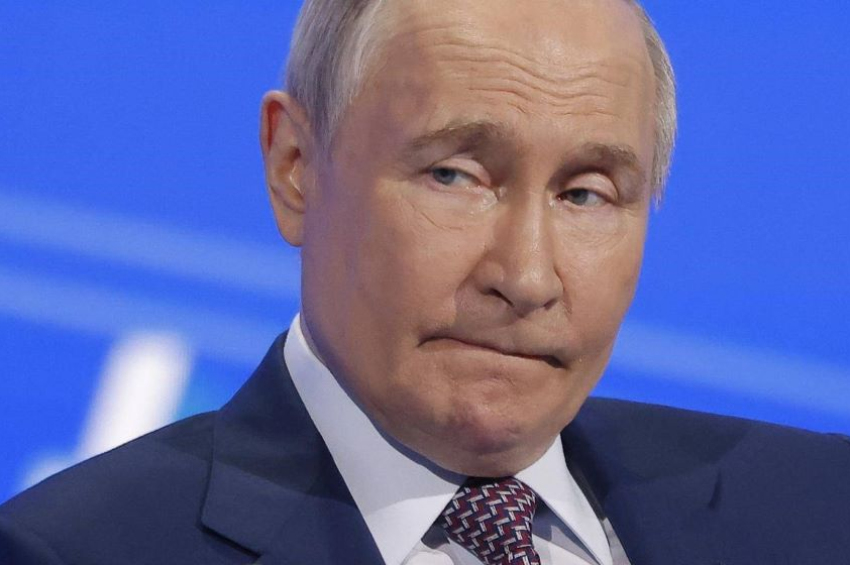Study: NATO would dominate airspace in conflict with Russia
In the event of a direct conflict with Russia, the United States and its NATO allies would swiftly establish air dominance and gain a decisive advantage on the battlefield, according to a new report commissioned by the U.S. Air Forces Europe and Africa.
The simulation analysis, conducted by the RAND Corporation and cited by the defense and security outlet Stripes, suggests that NATO airpower would play a transformative role in any large-scale conflict, breaking the kind of battlefield stalemate currently seen in Ukraine.
More to read:
[video] Former commander of Ukrainian armed forces ridicules NATO’s Article 5
“First, and perhaps most importantly, NATO air dominance would probably upset the stagnation that defines current ground operations,” the report, published May 22, stated.
The study envisions a scenario where Russia launches an invasion of a NATO member state, laying claim to its territory. The conflict escalates rapidly, prompting a full-scale NATO counterattack. While Russian forces might see initial gains, RAND concludes that NATO forces would ultimately “dominate the skies over Eastern Europe.”
More to read:
A new blueprint calls for establishing a nuclear-armed European Defense Force – an alternative NATO
With air superiority, NATO would be able to neutralize Russian air defenses, enabling continuous surveillance of enemy positions and allowing attack aircraft to target command centers, logistical hubs, and troop formations with precision.
The report marks a stark contrast with the ongoing war in Ukraine, where neither side has achieved consistent air superiority. RAND analysts noted that NATO has studied the Ukraine conflict closely, drawing lessons on modern warfare, including the need to accelerate the adoption of small drones and electronic warfare capabilities.
More to read:
What happens if Trump pulls U.S. out of NATO?
However, the report also identifies key vulnerabilities for the West, particularly the lag in defense industrial output. While NATO outmatches Russia in combat capabilities, it currently cannot match Moscow’s rate of ammunition production. Russian factories are producing artillery shells and munitions at up to four times the annual volume of NATO’s combined output, according to alliance estimates.
In response to these concerns, RAND recommends that the Pentagon prioritize the rapid production of critical munitions and significantly increase investments in drone and counter-drone technologies.
More to read:
Washington’s call for NATO to increase national defense spending may be part of a marketing strategy
Despite potential risks, including the threat of nuclear escalation if Russia suffers unsustainable losses or perceives an existential threat, RAND chose to focus its assessment on a conventional military scenario.
The findings come amid growing anxiety in Western capitals over NATO's readiness for a future conflict. Allied leaders warned in 2024 that Russia could be capable of launching an attack on a NATO country within the next five years, prompting a renewed push for increased defense spending and industrial mobilization.
However, “NATO’s potential for successful offensive operations in a war with Russia appears much greater than that of Russia or Ukraine in the present conflict,” the report concluded, underscoring the alliance’s significant edge — particularly in the air.







